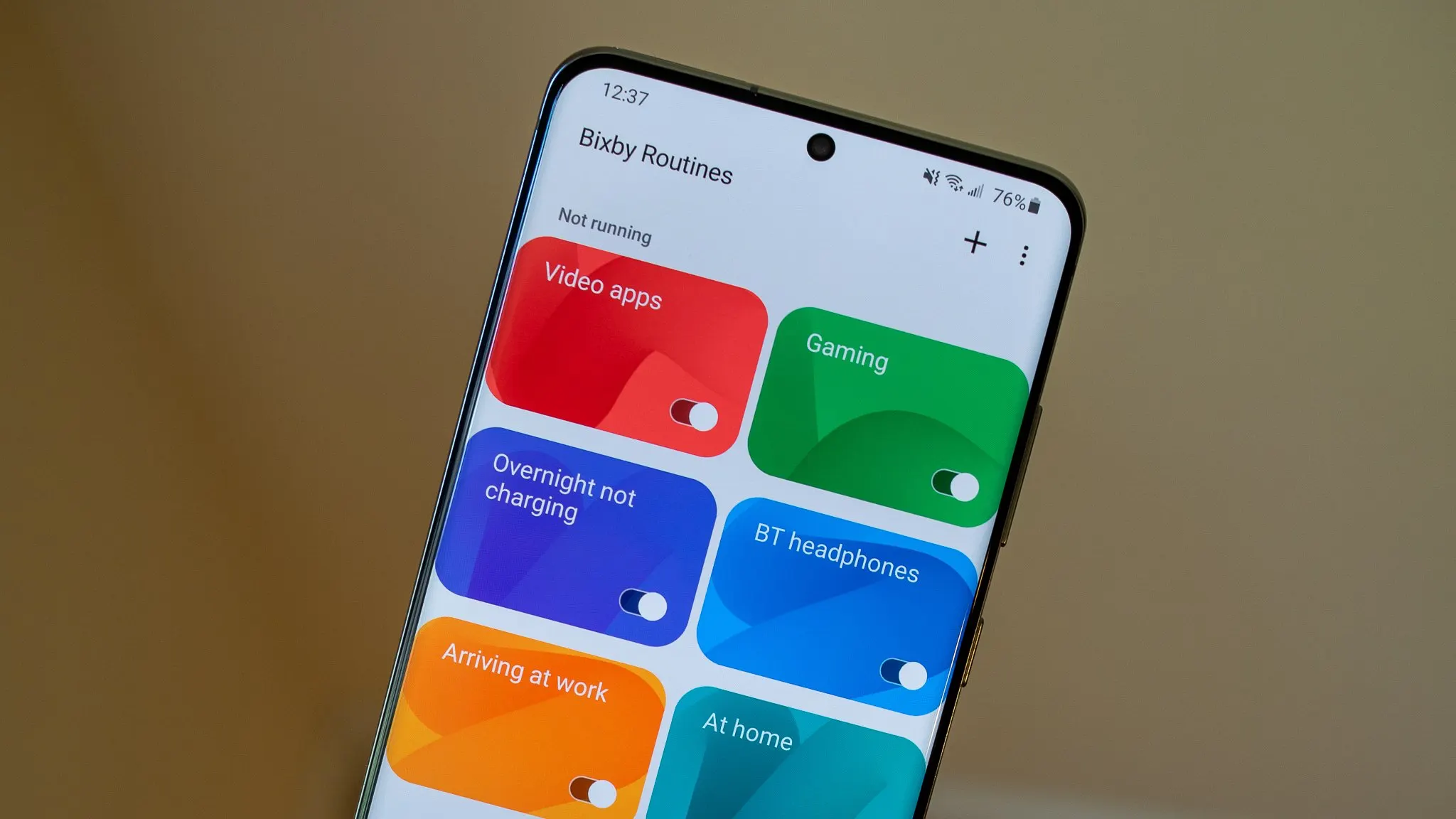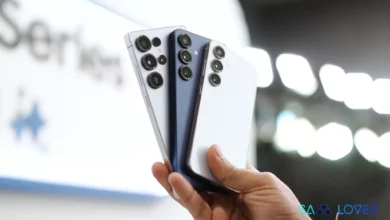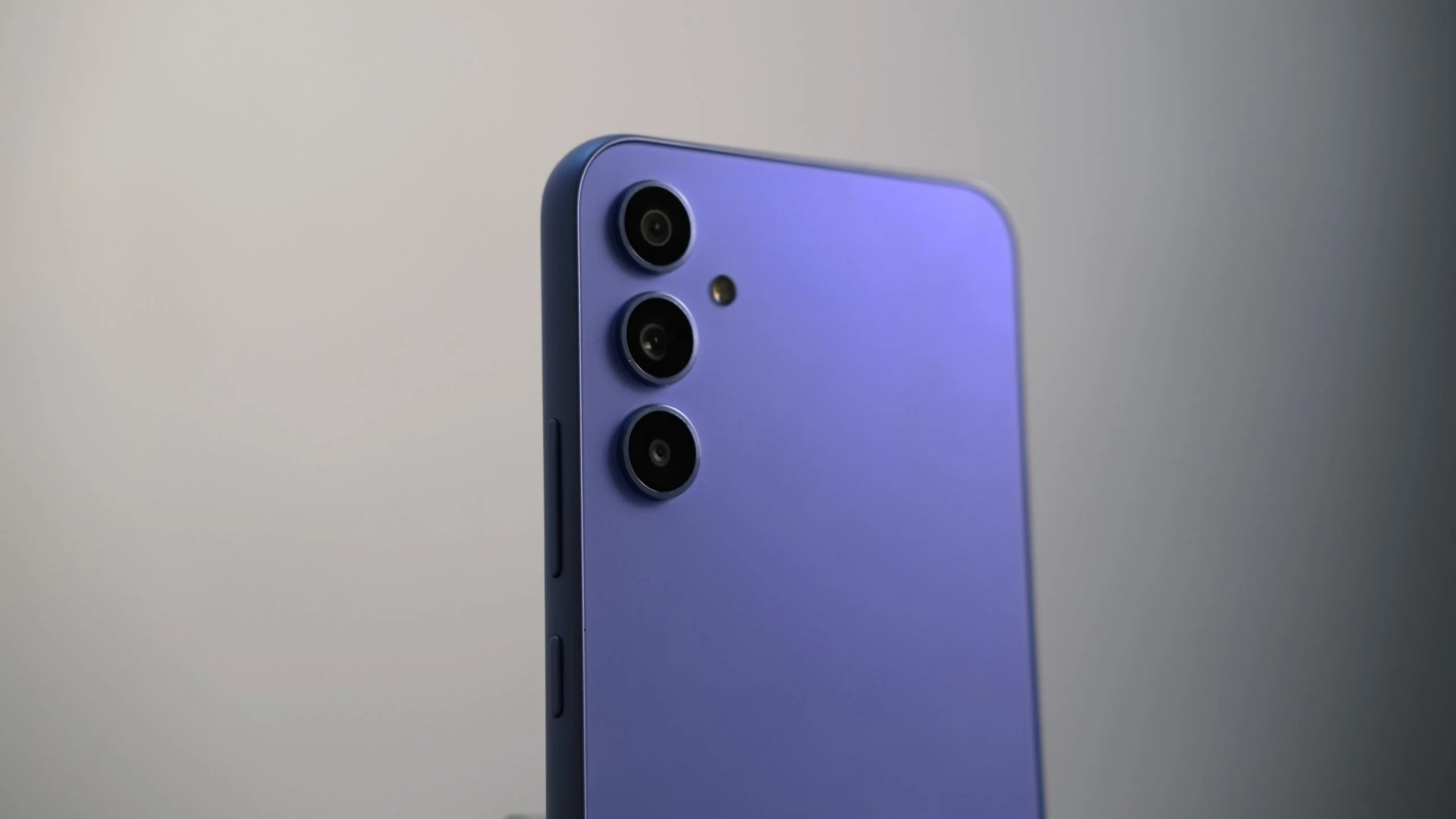Samsung Focus Mode feature is no more

Samsung seems to be very serious about its user’s utility. Its customized Android OS overlay “One UI” is the preferred user interface among all others. Instead, we can say that One UI is also one of the fundamental reasons for buying Galaxy smartphones. One UI not only tends to add needy applications or features but also removes unnecessary services from it to enhance its utility by not having non-needy services.
Recently, we have got to see that the manufacturer has removed an Android feature from its One UI 5.0 overlay of Android 13. The feature named “Focus Mode” prevents the user from using selected applications during the determined time. For example, it lets the user create various modes that will be able to restrict the selected applications during working hours as per their predetermined schedule.
However, this feature is removed from the One UI 5.0 only and is still available in the standard Android 13. But, it doesn’t really seem that anybody cares about it anymore, obviously for some good reasons due to its invulnerability. In that manner, the company did not remove this feature from its UI for nothing but to replace it with a more suitable option. Conclusively, the South Korean giant again replaced one of Android’s services with its more and more enriched service.
Let you know that in One UI 5.0, after removing the Focus Mode, Samsung has added a new “Modes” feature to its existing Bixby Routines as a better alternative. They now have named the system “Modes & Routines”. This feature will be proved as a more enhanced service as compared to Android. It also has the ability to change the layout and appearance of notifications, incoming calls, and more while having a mode activated.



